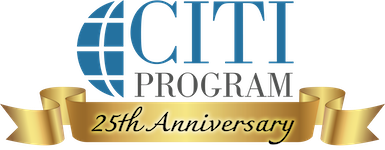In October 2021, the National Institutes of Health (NIH) announced the launch of the Bespoke Gene Therapy Consortium (BGTC), part of their Accelerating Medicines Partnership (AMP) program (NIH News Release 2021).
The BGTC is a partnership of public, private, and non-profit sectors, including the NIH, the U.S. Food and Drug Administration (FDA), 10 pharmaceutical companies, several non-profit organizations, and the Foundation for the NIH. It aims to “optimize gene therapy development process and help fill the significant unmet medical needs of people with rare diseases” (NIH 2021).
What are rare diseases?
There are an estimated 7,000 rare diseases (NIH Director’s Blog 2021). The National Center for Advancing Translational Sciences (NCATS) defines a rare disease as a “condition that affects fewer than 200,000 people in the U.S. (NCATS FAQs about Rare Diseases 2021). These can also be called “Orphan Diseases” as drug companies may not be interested in “adopting” them to develop treatments due to the lack of financial incentives (that is, there would only be a limited market for treatments).
How many people have rare diseases?
Rare diseases affect many. According to NCATS, an estimated 25-30 million Americans living with a rare disease (NCATS FAQs about Rare Diseases 2021).
Rare Disease Research
Currently, drug companies “cannot recover the costs required to develop gene therapies to treat rare and ultra-rare genetic diseases, because these diseases affect relatively few patients” (BGTC 2021).
Rare disease research is not new, and it has been a focus of several government programs and agencies. The NCATS Office of Rare Diseases Research (ORDR) is a central hub that coordinates NIH programs for rare disease research, including the Rare Disease Clinical Research Network (RDCRN), Therapeutics for Rare and Neglected Diseases (TRND), Rare Diseases Registry Program (RaDaR), and the Genetic and Rare Diseases Information Center (GARD). The FDA incentivizes drug companies to develop treatments for rare diseases through their Office of Orphan Products Development (OOPD).
Goals of Consortium
According to the BGTC website, goals of this consortium are to:
- Improve access of adeno-associated virus (AAV) technology to a broader range of diseases
- Speed up and streamline preclinical and clinical research
- Standardize and streamline regulatory requirements to facilitate regulatory and scientific advances
- Help get gene therapies to individuals who need them sooner
Overall, BGTC aims to make better and more effective gene therapies, reduce the cost of gene therapy, and improve chances of bringing treatments to patients (BGTC 2021).
Clinical Research Opportunities
The BGTC website lists request for proposals (RFPs). Current ones are:





